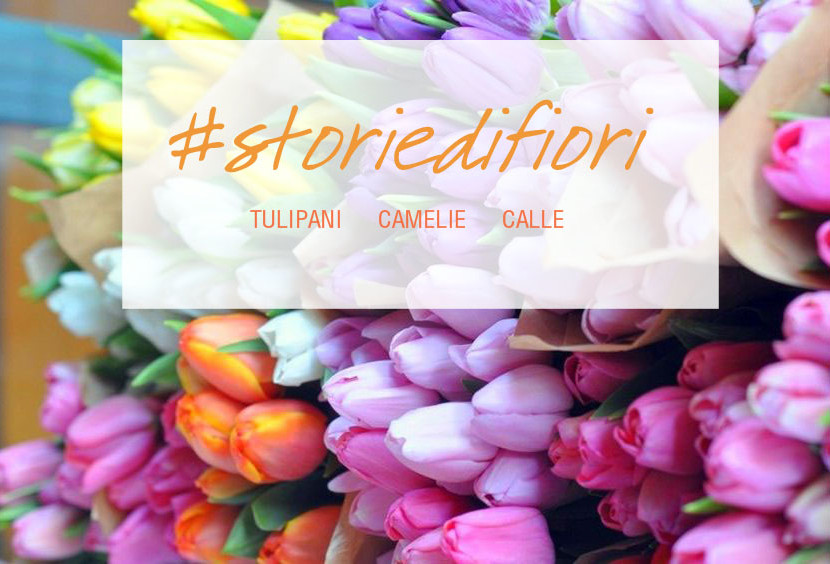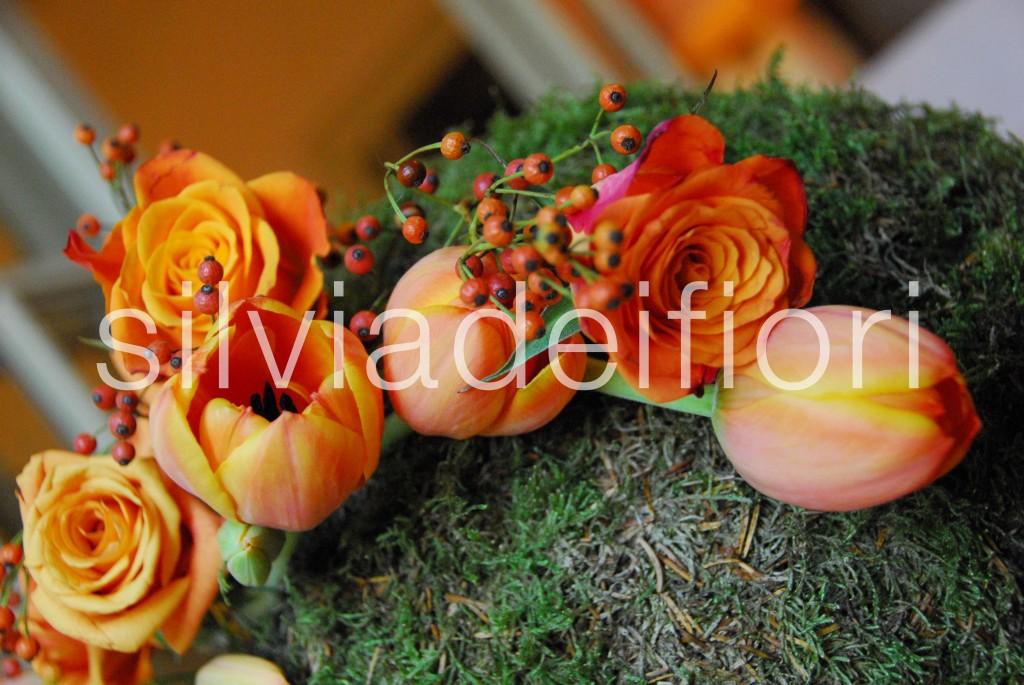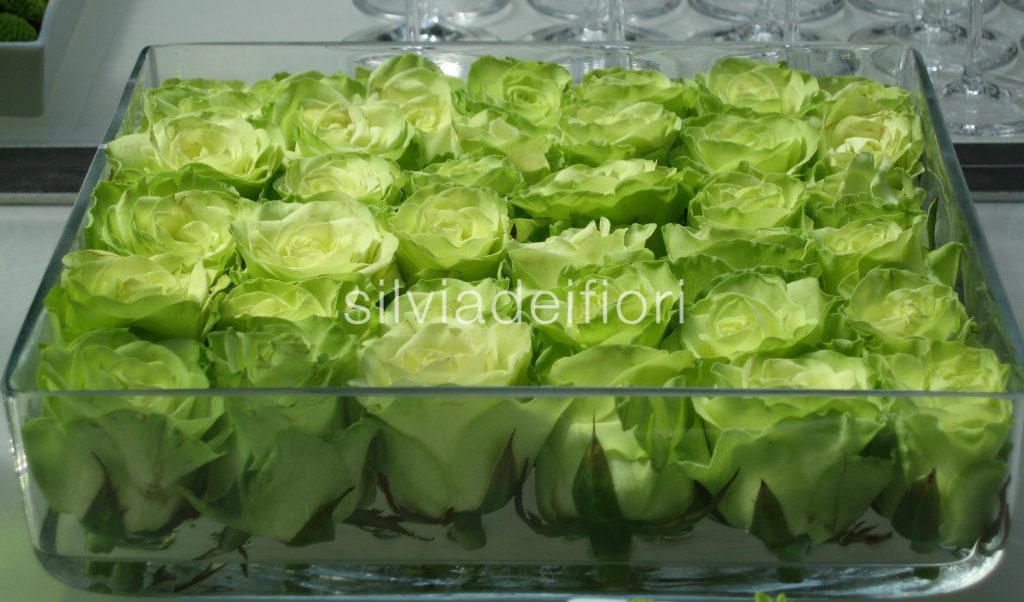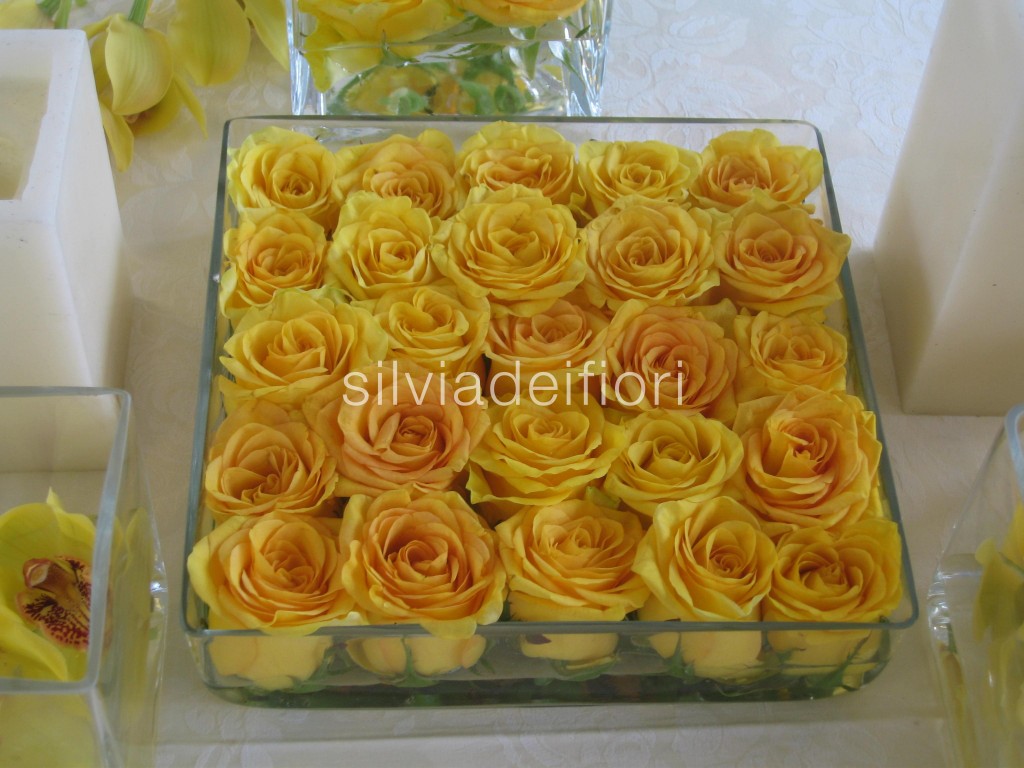The one between the flowers and the history It's one of the most prolific associations of all time. From noble coats of arms to exploratory expeditions to the East, how much have floral species influenced (and continue to influence) the evolution of the major events that have marked past centuries?
Discover the origin, meaning and curiosities of your favorite flowers with the column "Stories of flowers“!
The protagonists of today's episode: the tulip, the camellia and the callaEnjoy!
The tulip
(Photo Credit: Pinterest)
First brought to Europe in 16th century from Ferdinand I's ambassador to the Ottoman court, the tulips (from Turkish tülbend, «turban») immediately became both an emblem of the Dutch royal gardens and a status symbol of the middle class due to their enormous monetary value.
So high, you might think, that it would cause a real "Tulipomania“: for example a bulb of the Semper Augustus, the rarest and most famous striped variety of the time, even sold for 6,000 florins (the average annual income is estimated to have been around 150 florins).
And we complain about the price of flowers on Valentine's Day...
The camellia
(Photo Credit: Pinterest)
There camellia, shrub originally from Japan and known since the year 1000, it arrived in the Old Continent only around the end of the 17th century, sent to London from the Chinese region of Chu San. In 1735, then, the botanist Linnaeus he renamed it in honor of his father Joseph Kamel, who had long devoted himself to the study of oriental flora.
And in Italy? The first specimen was planted in 1760 in the "English garden" of the Royal Palace of Caserta, as a gift from Admiral Nelson to the wife of the English ambassador to the Bourbon court.
Considered by the Japanese as a symbol of life cut short (because, when withering, the corolla detaches itself entirely from the stem, instead of falling petal after petal), we all connect the image of the camellia to two female icons: the first is Marguerite Gautier, protagonist of “The Lady of the Camellias” by Alexandre Dumas; the second, instead, is Coco Chanel who chose it, strictly white, to illuminate clothes and accessories.
Not to be missed: every year, during the month of March, the Lake Maggiore a famous person dedicates it to her Festival.
The calla lily
(Photo Credit: Web)
There calla (from the Greek kalos,«beautiful») belongs to the Araceae family and is a perennial plant of African origin that grows spontaneously in warm-mild climates. It is also called Lily of the Nile in its territories of origin or Zantedeschia in Botany (in memory of the Italian scientist Francesco Zantedeschi). Highly appreciated since the Greco-Roman era, it officially spread throughout Europe starting from 1731.
According to the language of flowers, the calla is symbol of refinement and nobility and giving one as a gift would mean showing great respect to the person to whom it is given.
A little curiosity: gardeners of the last century defined it as “the flower of modernist linearity”, because with its elegance it managed to perfectly embody the typical ideals of the Art Nouveau periodAnd even today, even though more than 100 years have passed, it is still considered absolutely trendy for the same reasons.



